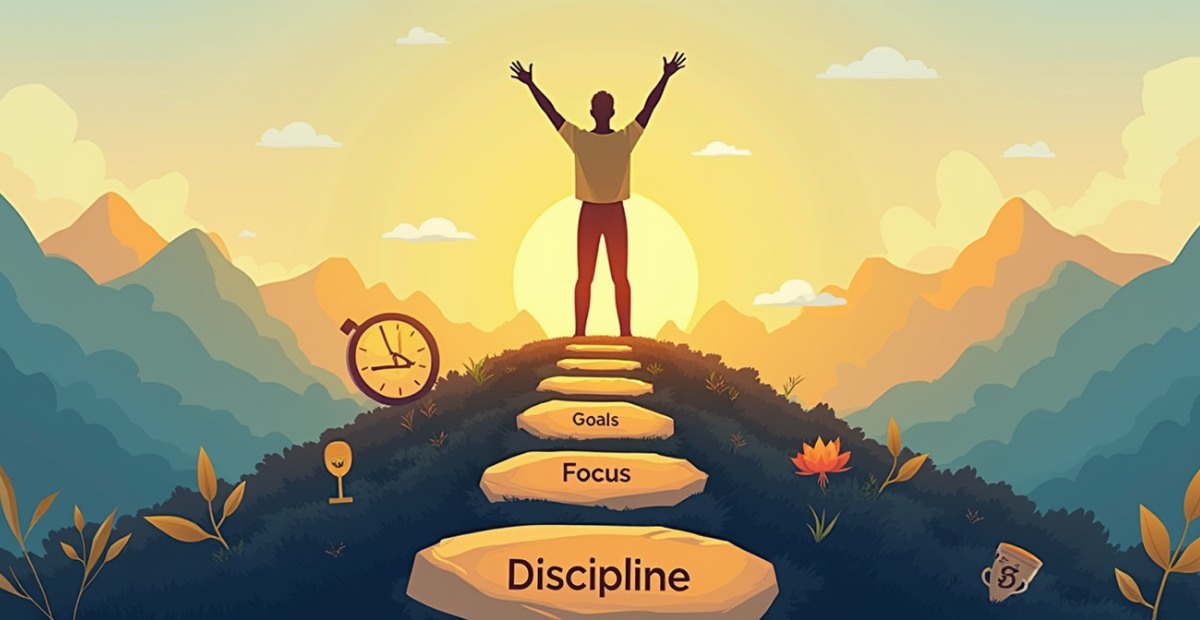Unlock the Power of Connection: 9 Surprising Habits to Captivate Your Audience
Table of Contents
Surprising Habits to Captivate Your Audience
When you speak, do you ever feel like your message isn’t hitting the mark? Whether you’re delivering a keynote at a big conference, chatting with a coworker, or having a casual conversation with friends, capturing attention and maintaining engagement is a skill few perfect. If you’re tired of feeling unheard, you can change that today. There are simple yet powerful habits you can adopt to captivate your audience every time you speak. In this article, we’ll uncover nine habits that, when practiced regularly, will help you connect better, build trust, and be a more persuasive communicator.
H1: The Importance of Captivating Your Audience
To captivate your audience isn’t just about keeping them interested—it’s about creating deeper connections, leaving a lasting impact, and becoming someone people want to listen to. Engaged people listen better, remember more, and respond favorably. Whether in business, relationships, or public speaking, being able to engage people will increase your influence and success. If you master the art of capturing attention, you’ll quickly see positive shifts in how people perceive and respond to you.
Let’s dive into nine habits that will transform how you captivate your audience and enhance your communication.
H2: Habit 1: Embrace Vulnerability
H3: Why Vulnerability Matters
Think about your most trusted relationships. More often than not, those are the ones where both sides felt safe to share personal struggles or stories. Vulnerability in communication builds trust and allows others to see the person behind the words.
H3: How to Practice Vulnerability
- Share Your Stories: Personal anecdotes of both struggles and successes help create relatability.
- Own Your Mistakes: Being honest about your flaws makes you more human and approachable.
- Encourage Openness: Ask others to share their experiences as well. This creates an open dialogue that fosters connection.
H2: Habit 2: Practice Active Listening
H3: The Power of Listening
It may seem obvious, but really listening is a lost art. Active listening requires full engagement—giving your audience your undivided attention. It shows you value what they’re saying.
H3: Techniques for Active Listening
- Maintain Eye Contact: This shows you’re focused and truly present.
- Listen, Don’t Interrupt: Wait for the person to finish before responding.
- Summarize and Clarify: Paraphrase key points to ensure you understand and to show you’re fully engaged.
Active listening will elevate your ability to connect with others and communicate more effectively.
H2: Habit 3: Show Genuine Curiosity
H3: Why Curiosity Engages
Curiosity is contagious. When you express genuine interest in others’ thoughts, experiences, and opinions, it encourages them to open up. People are drawn to those who value their perspectives.
H3: Ways to Show Curiosity
- Ask Open-Ended Questions: Instead of yes/no questions, encourage deeper responses.
- Follow Up: Ask about something they mentioned to show you’re paying attention.
- Express Excitement: People feel valued when you’re truly eager to hear their thoughts.
H2: Habit 4: Maintain a Calm Demeanor
H3: The Impact of Calmness
Your body language and overall demeanor impact how others perceive your authority and warmth. A calm, composed presence reassures others and makes them feel safe and engaged.
H3: Tips for Staying Calm
- Practice Deep Breathing: Focus on slowing down your breath to keep your energy and responses controlled.
- Take Pauses: When answering, take a moment to collect your thoughts.
- Be Present: Center yourself on the conversation to avoid reacting impulsively.
H2: Habit 5: Use Humor Appropriately
H3: The Role of Humor
Humor is a bridge-builder—it breaks the tension, brings smiles, and makes connections deeper. It’s a great way to introduce lightness into serious or tense conversations, making you more approachable.
H3: How to Use Humor
- Lighthearted Jokes: Stick to simple, inoffensive humor that is appropriate for the moment.
- Share Anecdotes: Relate funny or charming stories relevant to the conversation at hand.
- Be Culturally Sensitive: Always ensure your humor respects others’ backgrounds and experiences.
H2: Habit 6: Be Mindful of Body Language
H3: Non-Verbal Communication
What you don’t say often speaks louder than words. Body language communicates confidence, openness, and attentiveness—make sure yours aligns with your message.
H3: Positive Body Language Tips
- Uncross Your Arms: An open posture communicates approachability.
- Smile Often: Smiling encourages trust and positive interaction.
- Make Hand Gestures: Use gestures to emphasize key points and show enthusiasm.
Your physical presence plays a large role in how others perceive your message.
H2: Habit 7: Provide Value in Conversations
H3: Adding Value
When you offer something of value, you show that you care about more than just talking. Whether it’s insight, resources, or support, your audience will engage more if they see they benefit.
H3: Ways to Add Value
- Share Useful Resources: Offer valuable articles, tips, or contacts that may help the person.
- Problem Solve: Help others come up with ideas or solutions.
- Provide Constructive Feedback: Offer feedback that is specific and helpful for growth.
Adding value transforms interactions into meaningful connections that stick.
H2: Habit 8: Be Authentic
H3: The Power of Authenticity
When you communicate authentically, people trust you more. Trying to be something you’re not or presenting a false image leads to mistrust. Being yourself, imperfections and all, fosters stronger relationships.
H3: How to Be Authentic
- Speak from Experience: Share your personal truths and perspectives.
- Avoid Pretending: Authenticity is about being true to yourself, not pretending.
- Be Honest: Transparency in conversations encourages open communication.
H2: Habit 9: Follow Up and Show Appreciation
H3: Importance of Follow-Up
Captivating your audience doesn’t stop when the conversation is over. Follow-ups show you care and are willing to invest time into the connection. They also help solidify the relationship for future communication.
H3: Follow-Up Tips
- Thank You Messages: Acknowledge someone’s time or contribution to the discussion.
- Check In: Send a quick follow-up to continue the conversation or ask for updates.
- Express Gratitude: Acknowledge someone’s insights and make sure they know they’re appreciated.
A simple thank-you note can make your audience feel truly valued and understood.
H2: FAQ Section
H3: How can I captivate my audience effectively?
To captivate your audience, engage with them authentically. Practice active listening, show curiosity, and remain calm and composed. Using humor appropriately and having good body language enhances your engagement. Always aim to provide value while being yourself.
H3: What are some effective communication techniques for better engagement?
Effective communication involves active listening, clear and concise speaking, and using body language to reinforce your message. Engaging your audience with questions, humor, and value-driven content will also keep them interested.
H3: How can I build stronger connections with my audience?
Building stronger connections is all about vulnerability, genuine curiosity, and authenticity. Show care in your communication, actively listen, and always aim to add value to your relationships. Following up regularly solidifies and nurtures these bonds.
H2: Conclusion
Captivating your audience is much more than just being interesting—it’s about creating a genuine connection. Whether you’re delivering a presentation, speaking one-on-one, or conversing casually, practicing these nine habits will significantly improve your ability to engage and influence others. From embracing vulnerability to using humor appropriately, these techniques can help you captivate any audience and leave a lasting impression.
As you refine these habits, you’ll notice a positive shift not only in how others perceive you, but also in the depth of the connections you build. So, take action today, and start incorporating these habits into your interactions. As you do, watch as your communication skills soar, and your ability to connect with others grows stronger each day.
Feel free to implement these tips in your next meeting, presentation, or conversation, and get ready to unlock the true power of connection!







